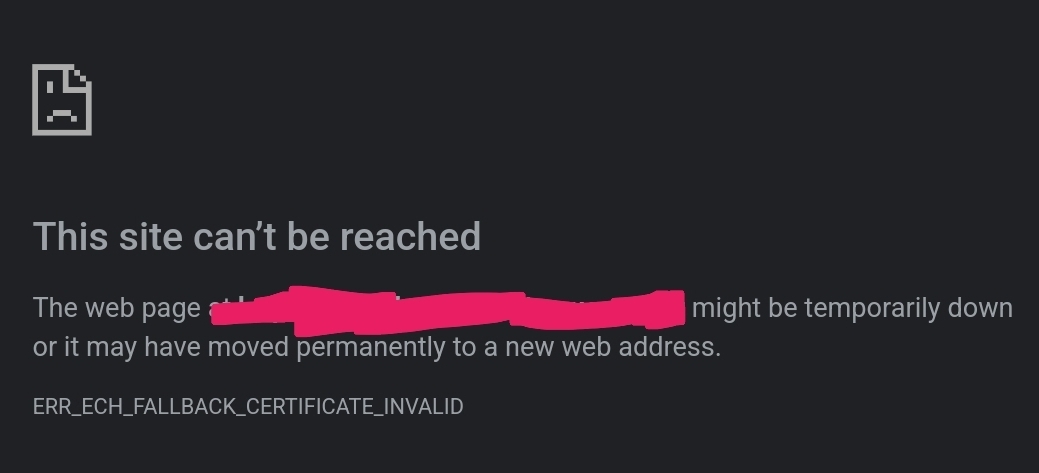Where in the world did you get that idea?
VPNs serve three functions:
-
add a layer of encryption so your local network operator and ISP can't inspect your traffic, its contents and its true destination. (this is what OP is looking for)
-
make it appear to the service you are connecting to, that you are connecting from a different location than where you actually are. (for example make Netflix think you're in a different region to show you different content)
-
provide secure access to private services that are not exposed directly to the Internet. IE securely connecting devices on seprate LAN networks together over the Internet via an encrypted tunnel. This is a VPNs true purpose and how they are primarily used in Professional/Comercial settings. (pretty much every corporation you've ever interacted with runs a VPN that connects its stores/warehouses/offices together)


 Firefox refuses to show the cert it claims is invalid, and 'accept and continue' just re-loads this error page. Chrome will show the cert; and it's the correct, valid cert from LE.
Firefox refuses to show the cert it claims is invalid, and 'accept and continue' just re-loads this error page. Chrome will show the cert; and it's the correct, valid cert from LE.
Cue dumbasses tossing their iphones in the toaster oven in 3... 2...